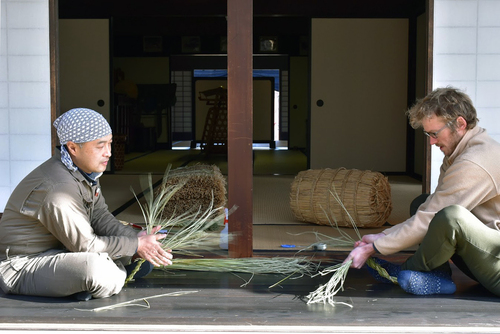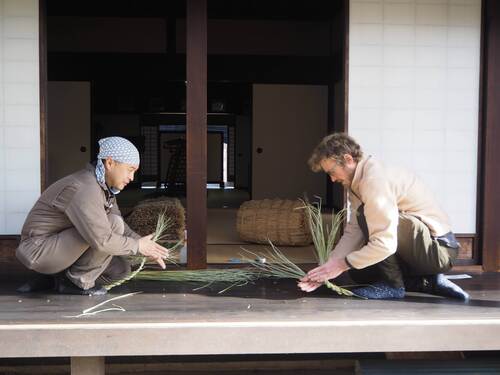Special Contents
Warazaiku – Vol.2
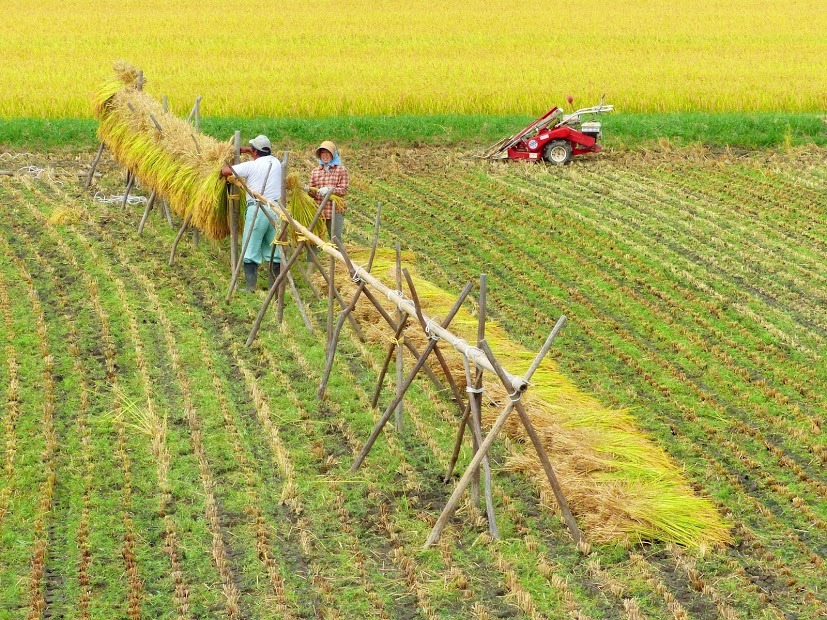
5. Kazari
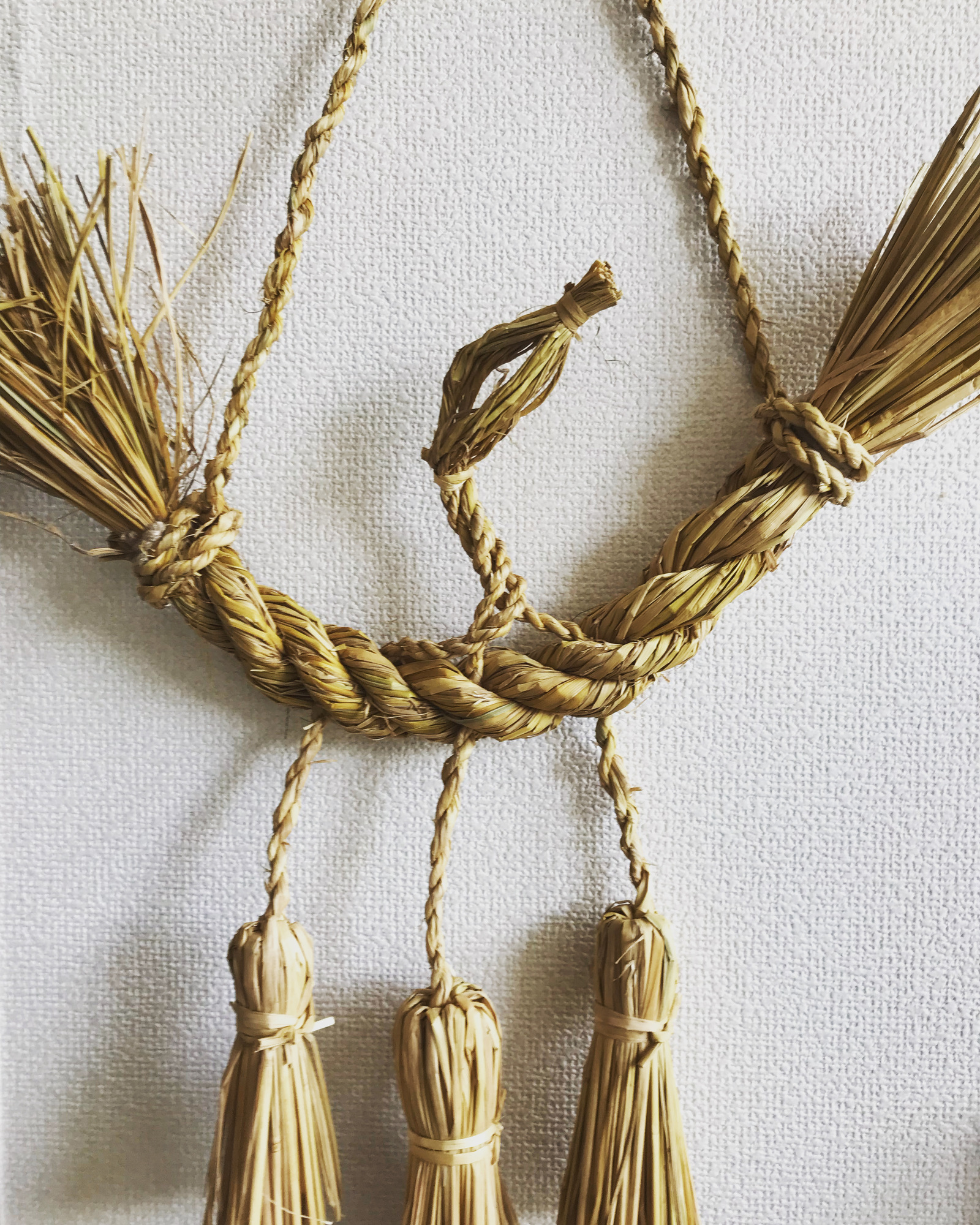
Kazari are decorations. They are especially used at New Years and are hung outside to ward of evils spirits. After New Years they are then burned in a communal fire known as a dondo-yaki. Here is the mythical three legged crow, the yatagarasu, which I actually made myself.
6. Neko-Tsugura
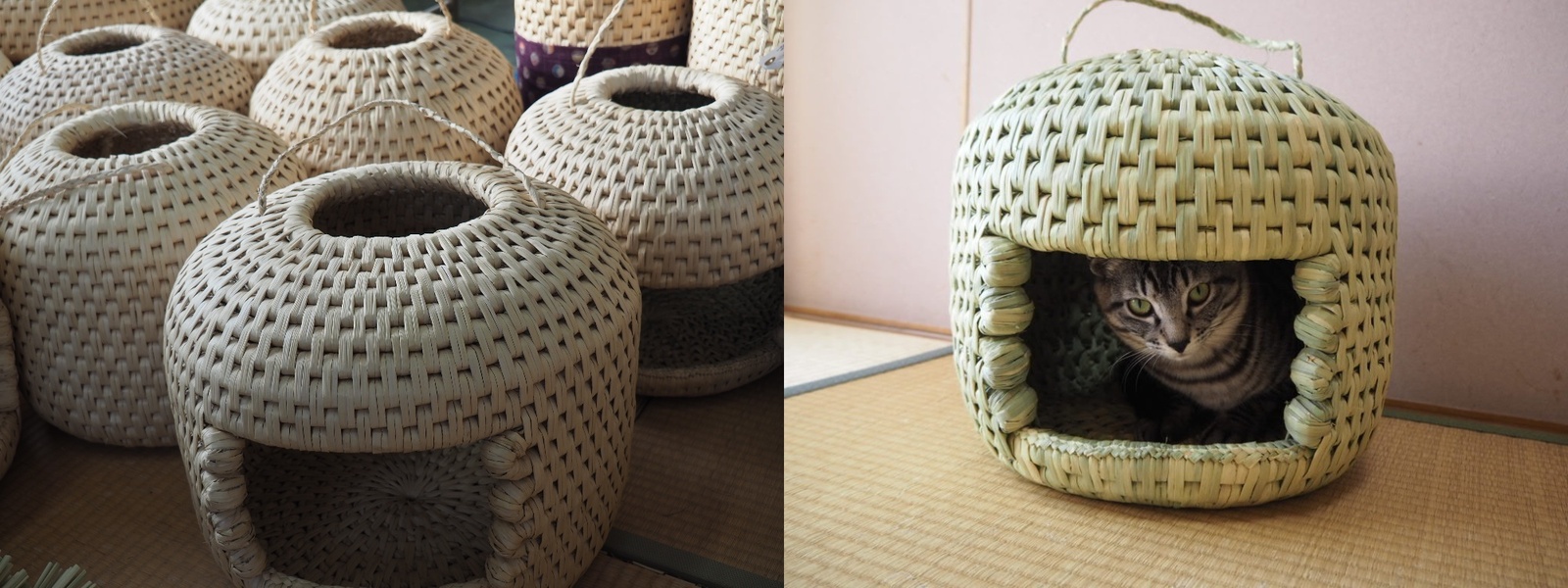
Cosy little dens for cats.
Warazaiku Today
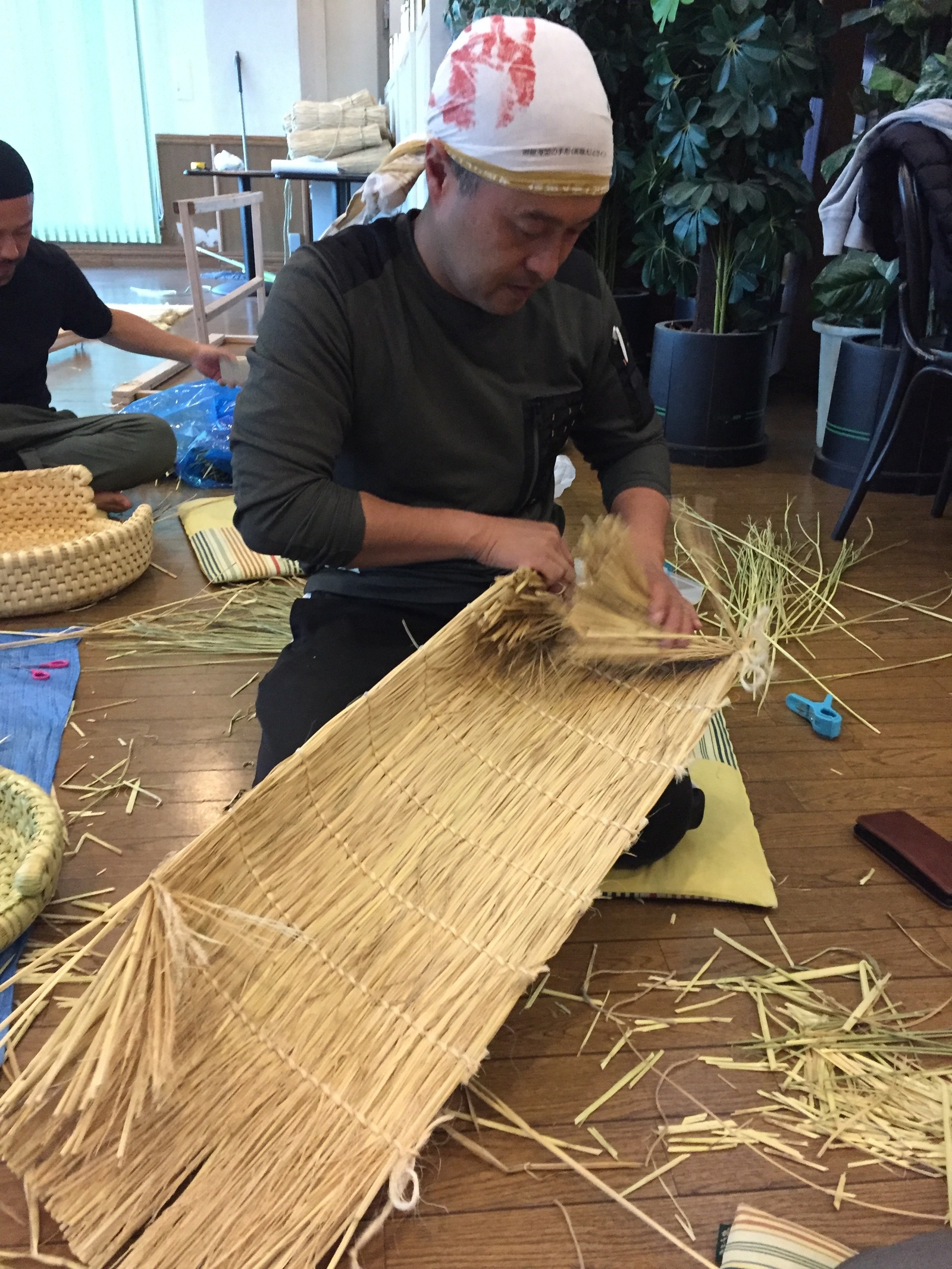
There once was a time in Japan where pretty much every rice farmer doubled up as a warazaiku shokunin, where every boy and girl learned to make straw sandals when they went to elementary school and nights were spent weaving rope instead of watching TV. Fast forward to the present day, lifestyle changes and industrialization has all but killed off what was once one of Japan’s most commonly held skills. Now the dwindling number of shokunin is down to about 50. Most of these are in their 80s and 90s. This is definitely a skill on the red-list.
Protecting Warazaiku in the Ina Valley
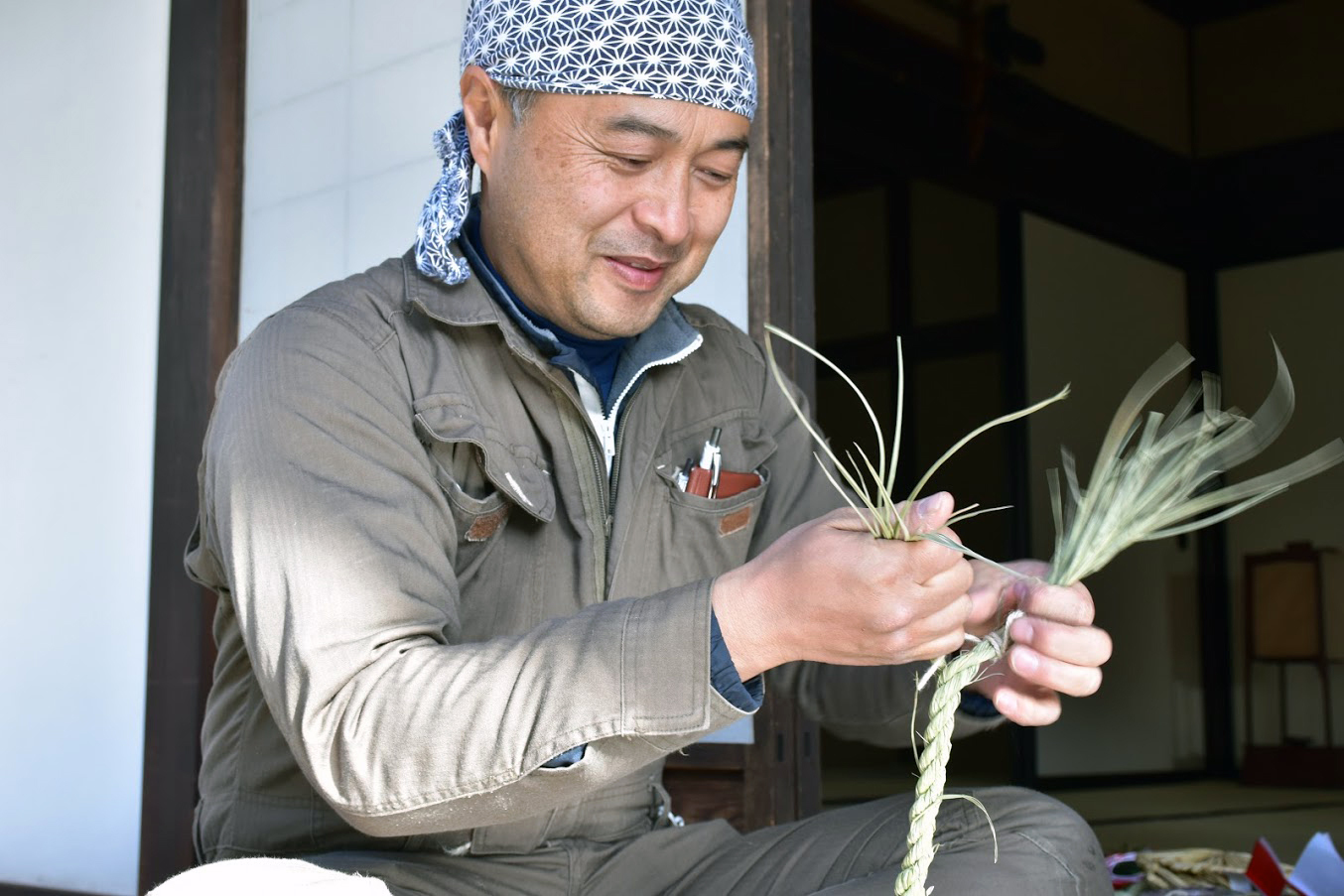
Yuji Sakai is a rare warazaiku shokunin. An eccentric man in his 40s who always talks in an infectiously excited manner. Once a butcher, he switched careers quite late to become a master of straw craft. It all started when he had a crazy idea to put on a running race in which competitors ran carrying old fashioned komedawa (rice bales made out straw). Unable to find anyone who could make them, he eventually found a teacher living far away who taught him his trade. The race ended up being a huge success, before the coronavirus hit, there were nearly 1000 runners. Each must have their komedawara made for them. That is a lot of komedawara and a lot of practice! Practice makes perfect and, needless to say, Mr. Sakai became very good at making things out of straw. It eventually led to him being awarded the contract to make Japan’s sumo rings, and him and his company make all kinds of interesting things.
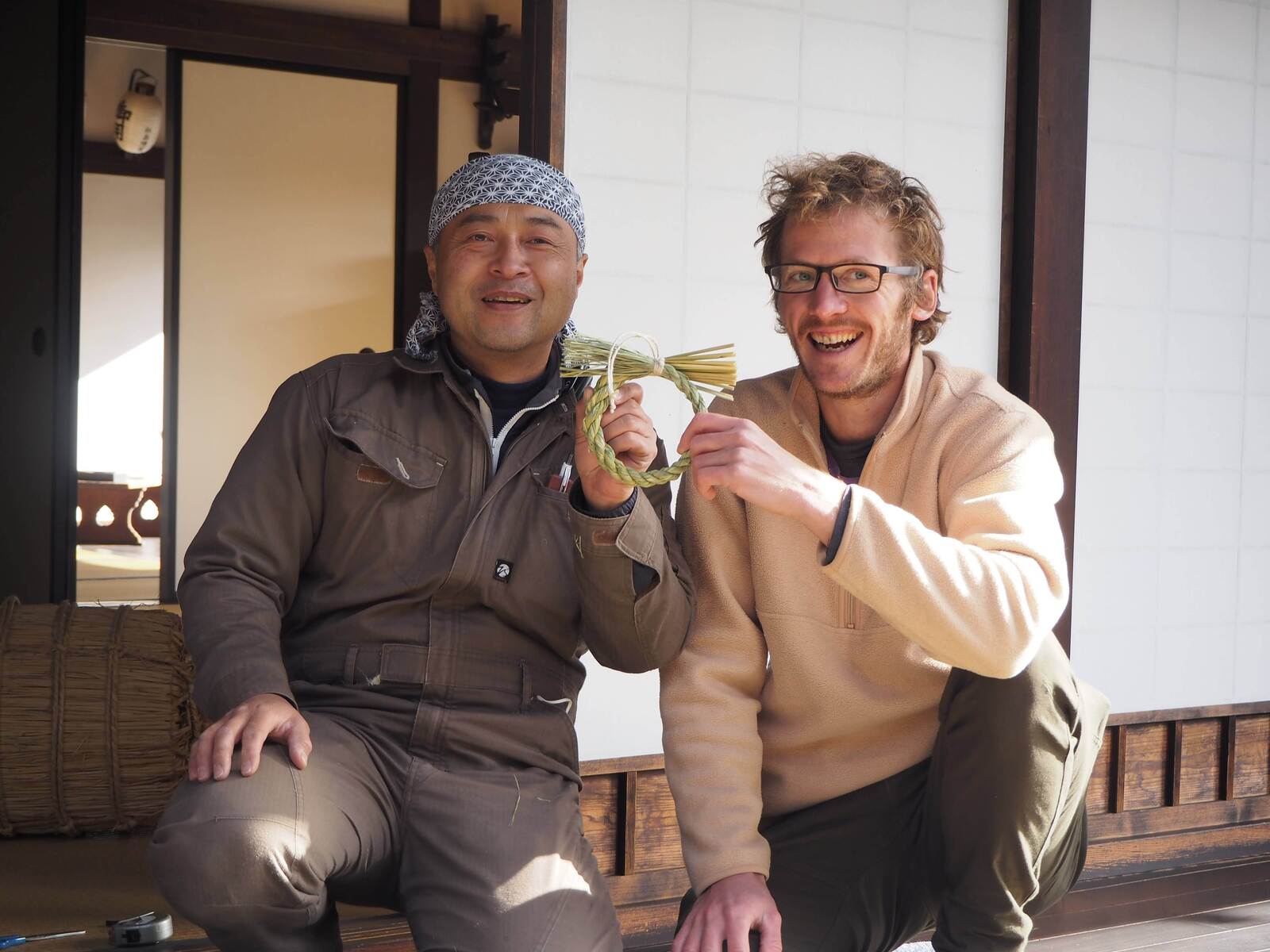
I, Michael, the writer of this article have also been learning warazaiku. Mr. Sakai is training me to become the first ever foreign warazaiku shokunin, a challenge I am only too happy to try and accomplish! Little by little I am getting the hang of it. I am especially hard at work on bringing back the waraji (straw sandal) and connecting warazaiku with foreign tourism. Here you can experience warazaiku for yourself in the Ina Valley. It is something almost no foreigners have got to try before, so what are you waiting for.
Related Post

